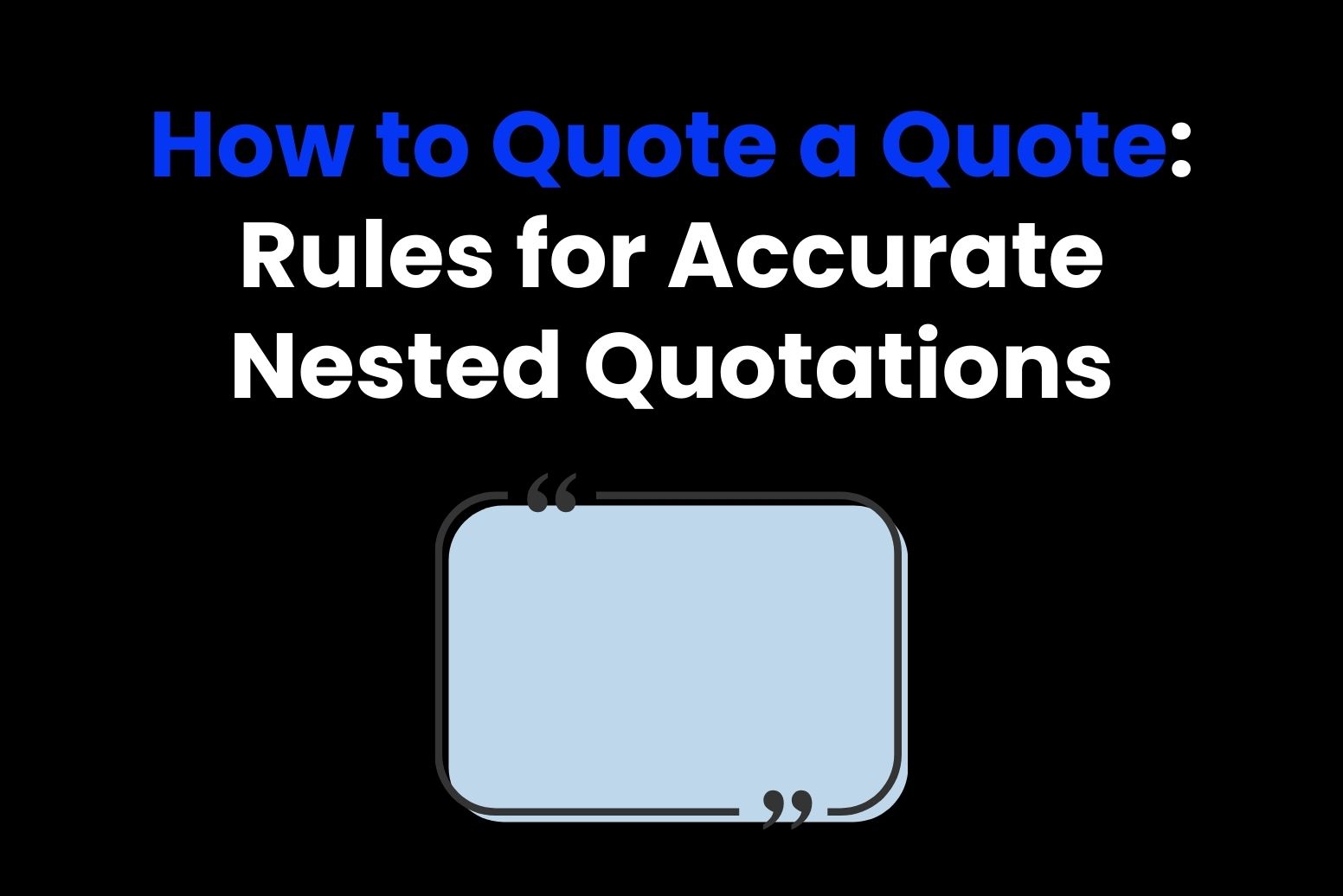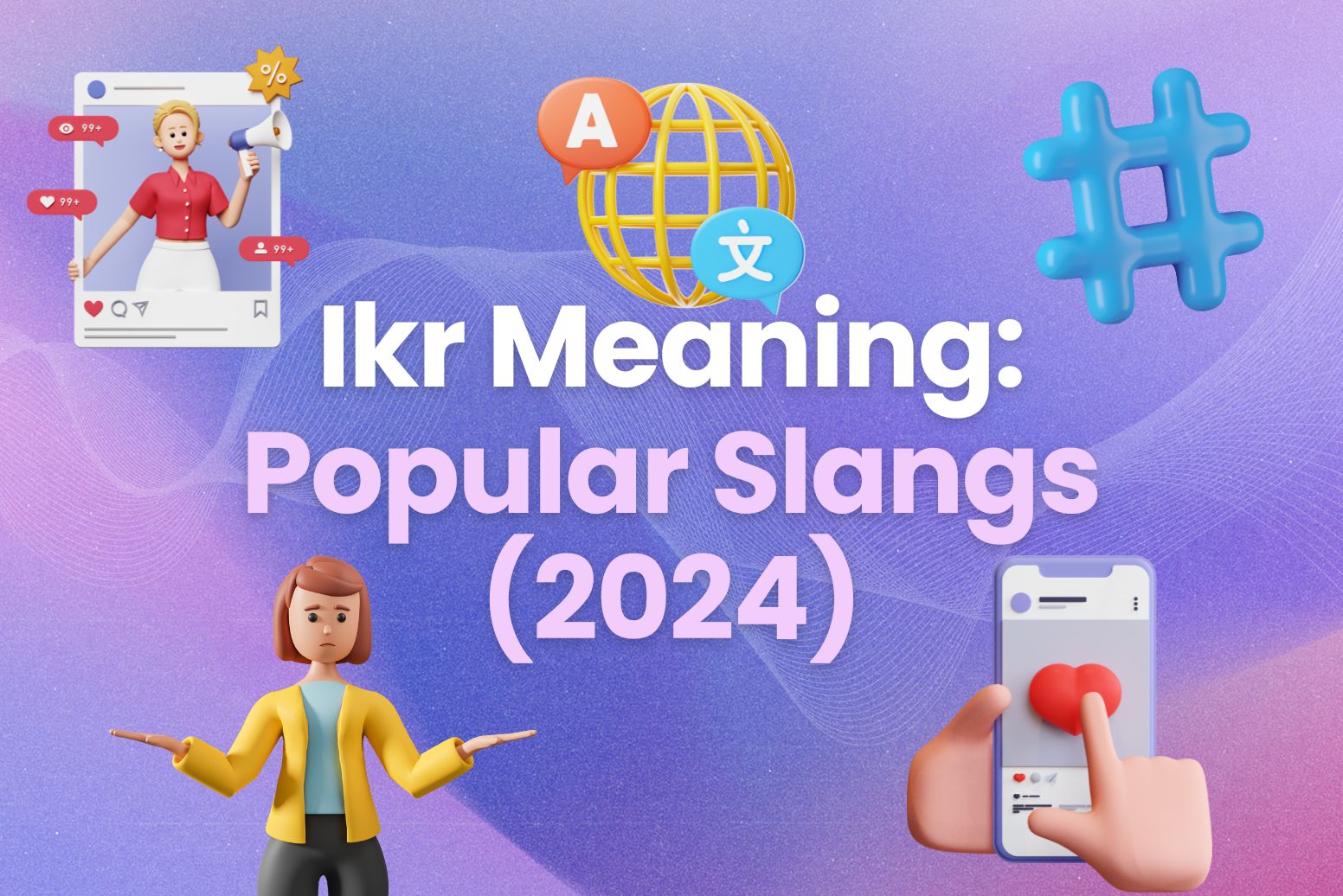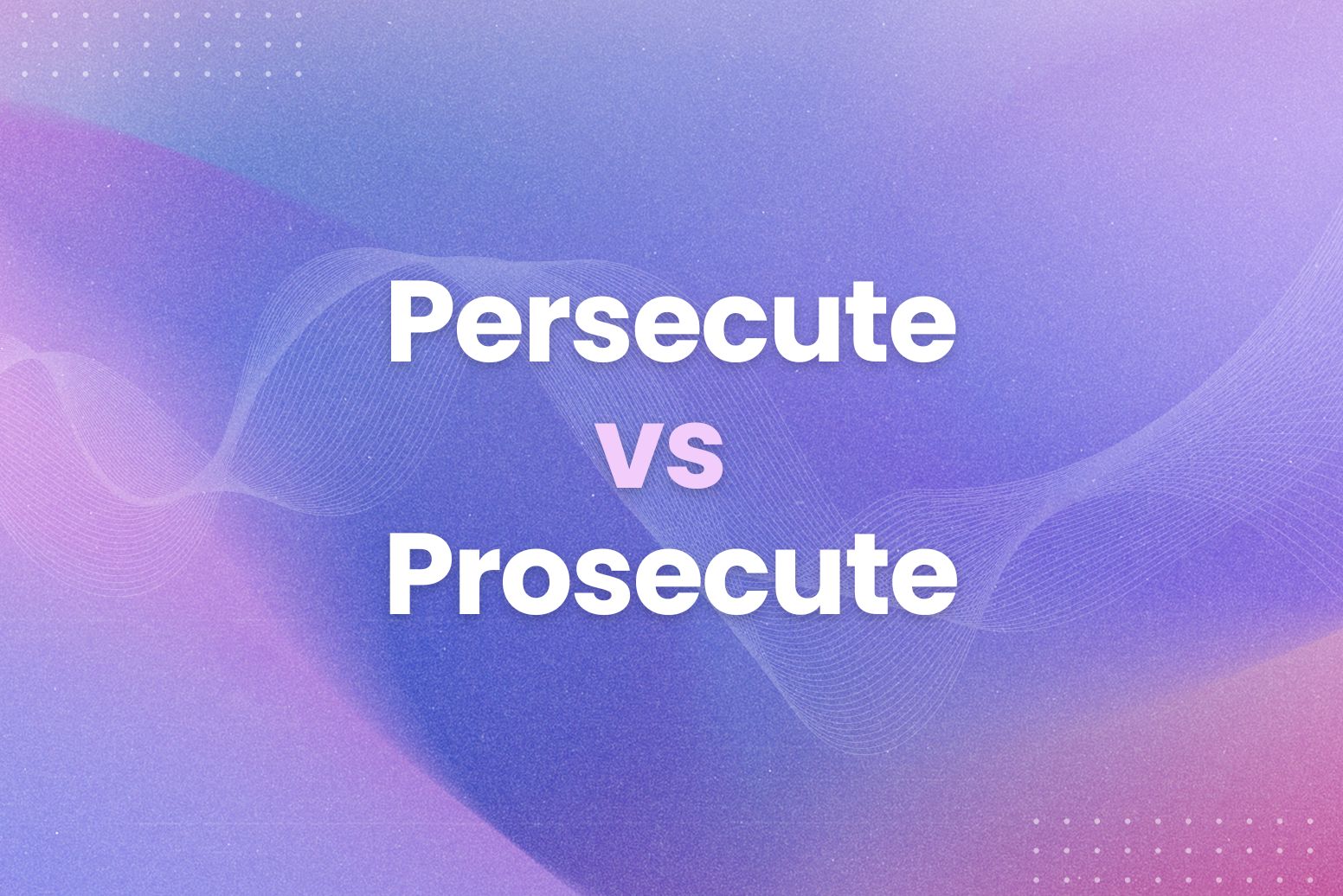So, when you hear “how to quote a quote”, it might sound super confusing. However, don’t worry, it’s actually easier than it seems. In essence, this writing trick is about placing one quote inside another, kind of like layering pieces of a sandwich.
Keep in mind that writers often use this resource, also known as “nested quotation”, to highlight key ideas. Or even, to present a different point of view.
But let’s be honest, if you don’t do it correctly, things can get messy. For example, you can confuse your readers and nobody wants that.
Are you ready to learn more about quoting quotes? Then read on!
What does “quoting a quote” mean?
When we talk about “to quote a quote,” basically, it means you’re referencing something someone else has already quoted. In other words, you’re using a secondary source. That is, one that’s quoting the original.
This comes up a lot in academic writing, even so, you need to be extra careful.
Now, while quoting a quote might seem like an easy shortcut, it’s usually better to go straight to the original source.
Why?
Well, for one, checking the original helps ensure the info is correct and gives you the full context. Plus, it shows you’ve really done your homework, which can make your writing even stronger and more trustworthy.
That said, sometimes getting the original source is hard. This is because it might be buried in some old book, or you’re really short on time. In those cases, it’s perfectly fine to use the secondary source, but just make sure you mention it.
Fortunately, style guides like APA, MLA, or Chicago make it pretty easy to know exactly how to handle this. If you follow their rules, your work will stay clear, professional, and reliable.
When do you need to quote a quote?
Honestly, quoting a quote can really come in handy when you want to reference something that’s already been mentioned in another source. For example, this is true in academic or professional settings.
Also, when you’re getting into scholarly works, or discussing statements, you might need them.
Now, picture this scenario: you’re working on an essay and stumble across a really compelling argument in an article. So, if that article happens to cite another author to back up its claims, it could be key to include the original idea where you obtained yours.
This is precisely when quoting a quote steps in. Since it gives you the chance to acknowledge both the primary and secondary sources while keeping your own writing rock solid.
Here’s a brief list of instances/reasons when quoting a quote might be necessary:
- Academic integrity: Acknowledge original sources in research.
- Strengthening arguments: Use authoritative references in reports.
- Supporting discussions: Back up claims in scholarly debates.
- Enhancing analysis: Deepen interpretations in literary studies.
- Clarifying context: Provide authenticity in historical writing.
Rules and formats: How to quote a quote correctly
Okay so, quoting a quote may seem tricky at first, but getting right the rules can make it easier. By following proper formatting guidelines, you can ensure your work is polished and professional.
Let’s get into the rules:
1. Double vs. single quotation marks
In reality, one of the hardest challenges is understanding when to use double or single quotation marks
And remember that these rules vary depending on the country you are. As an example, Brits and Americans do it differently.
American English: In this part of the world, when quoting a quote, you’ll typically use double quotation marks for the main quote. But, single quotation marks for the quote within it. Then it’s something such as:
John said, “My favorite line from the book is, ‘To be or not to be”.
British English: Here is similar but not really since it’s reversed. If you look closely, there are the single quotation marks used for the main quote and double quotation marks for the nested quote. So, it would be:
John said, ‘My favourite line from the book is, “To be or not to be”.
2. Punctuation placement matters
The correct punctuation is super critical when quoting a quote. This is because not placing right your dots and commas can alter the whole meaning of the quote.
Here we’ll show you how this works:
Well, in American English, punctuation such as periods and commas go inside the quotation marks. Making it something like this:
“She said, ‘It’s a beautiful day,’ and then went for a walk.”
But it’s not like that in British English. Here, the punctuation depends on if it’s part of the original quote or not. For example:
‘Did she really say, “I’m leaving now”?’
3. Block quotes for longer texts
Alright, now we talk about lengthy paragraphs
For this, using block quotes is often the best approach. This is because a block quote separates the quoted text from the main body of your writing. Which makes everything so much easier to read.
Block quotes are typically used for quotes that exceed four lines in length. They are indented and formatted without quotation marks.
Example in practice:
According to the author:
“The world is a complex web of events, each influencing the next in ways we cannot always predict or control.”
Block quotes are particularly useful for quoting multiple layers of content or detailed passages.
Tips to avoid common mistakes when you quote a quote
Now that we know more about quoting, you might ask yourself… How to quote a quote correctly?
No problem, here are some practical tips to ensure you use quotes effectively and avoid common mistakes!
1. Understand the context of the quote
Keep in mind that before putting a quote, make sure you get its original meaning and context. Since misinterpreting or taking a quote out of context can alter its significance and confuse your audience.
2. Attribute the quote properly
Always credit the original author or source. This is because when you fail to provide proper attribution can lead to plagiarism accusations. And that’s a big no.
3. Use quotes sparingly
While quotes can add depth, overusing them can dilute your voice. Strive for balance by incorporating your analysis or commentary alongside quotes to demonstrate your understanding of the topic.
4. Avoid altering the quote
When quoting, use the exact words of the source. If modifications are necessary, such as shortening the text, indicate changes with ellipses or brackets. This maintains transparency and ensures the quote remains accurate.
5. Choose relevant quotes
Not every quote fits every context. Select quotes that align with your topic and contribute value to your argument. Irrelevant quotes can distract readers and weaken your message.
6. Introduce and integrate the quote
Quotes should not stand alone; introduce them with a lead-in that explains their significance. This helps readers understand why the quote is relevant and how it connects to your discussion.
7. Proofread for accuracy
Finally, after putting a quote, double-check its wording, punctuation, and formatting.
How to quote a quote in different writing styles
When you quote, and especially when you do a nested quotation as we said before, it can get tricky.
This is also true if you want to add a writing style such as APA, Chicago… MLA.
Because all of them have their own rules, so it’s important to know how to quote a quote in each one:
1. How to quote a quote in APA style
In APA style, secondary quotes need clarity and precision. To do this, begin with citing the original source followed by the secondary source.
Also, use single quotation marks to indicate the inner quote while enclosing the entire excerpt in double quotation marks.
Example:
According to Smith (2020), “Johnson stated, ‘Learning is a lifelong process’” (p. 45).
It’s key to include the full citation for the secondary source in your reference list and note that reliance on secondary sources should be minimal. Whenever possible, access the original text directly.
2. How to quote a quote in MLA style
MLA style also uses single quotation marks for quotes within quotes. However, MLA emphasizes the importance of context. When quoting a secondary source, make it clear who said what to avoid confusion.
Example:
Johnson once remarked, “Education is transformative, and as noted by Brown, ‘It opens doors to new opportunities’” (45).
Always include a Works Cited entry for the source you directly consulted. MLA prioritizes author acknowledgment, so ensure every citation is complete.
3. How to quote a quote in Chicago style
In Chicago style, you can format secondary quotations using single quotation marks within double quotation marks, just like APA and MLA. However, Chicago offers two systems—Notes and Bibliography or Author-Date—so your approach depends on which one you’re using.
Example (Notes and Bibliography):
As Johnson famously stated, “Learning is essential to growth, and as Brown noted, ‘Knowledge fuels progress.’”¹
In the Notes and Bibliography system, provide a footnote with detailed information about the source. For the Author-Date system, you would instead include a parenthetical citation.
Simplify quoting with Arvin AI: Your ultimate writing assistant
What we learned is that to quote a quote correctly is essential to maintaining the credibility and professionalism of your writing. This, no matter the quoting style you’re following.
But why not simplify the process further?
With Arvin AI, a powerful Chrome extension powered by GPT-4, you can quote flawlessly in any style.
Arvin assists in generating text, formatting citations, and ensuring your quotes are perfectly integrated into your work. Whether you’re drafting an academic paper or refining a professional document, Arvin is the ideal tool to save time and ensure accuracy.
Let Arvin handle the details, so you can focus on your ideas and insights!
FAQs
Why is it important to know how to quote a quote?
Well, when you know how to quote a quote correctly, this ensures accurate attribution. Also, it prevents misinterpretation, and maintains professionalism.
Adding to that, it helps to avoid plagiarism and demonstrates respect for the original author’s work, which adds credibility to your own writing.
How to quote a quote when the passage is long?
For longer quotes (over four lines), use a block quote. Indent the text, omit quotation marks, and introduce the quote with context to keep your writing clear and professional.
Is paraphrasing an alternative to learning how to quote a quote?
Yes, paraphrasing can be a useful alternative. It allows you to simplify complex quotes and integrate them seamlessly into your text, as long as you properly attribute the original source.






